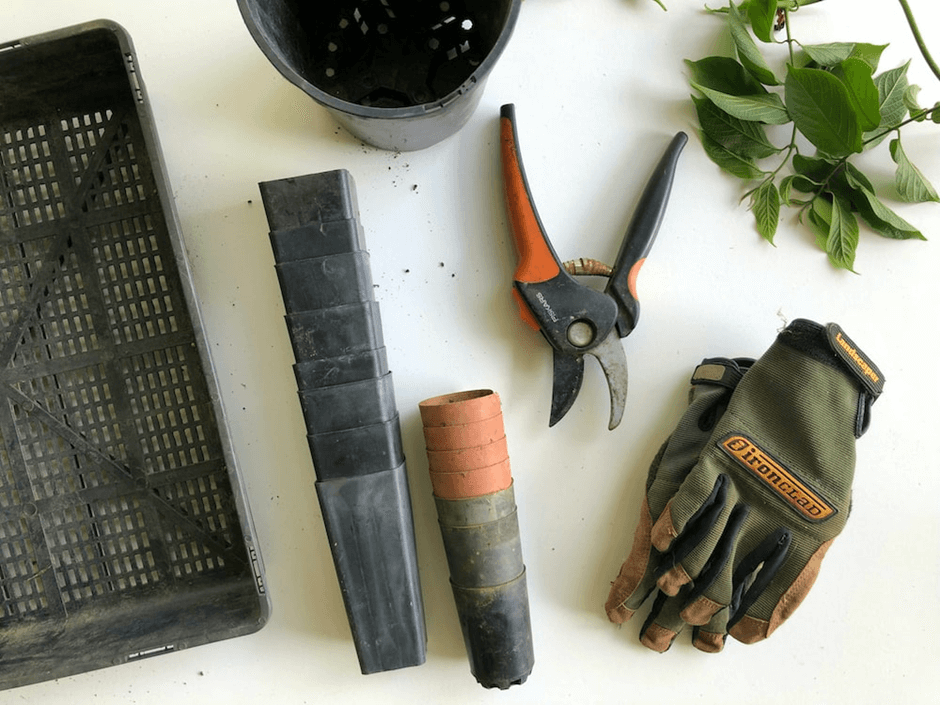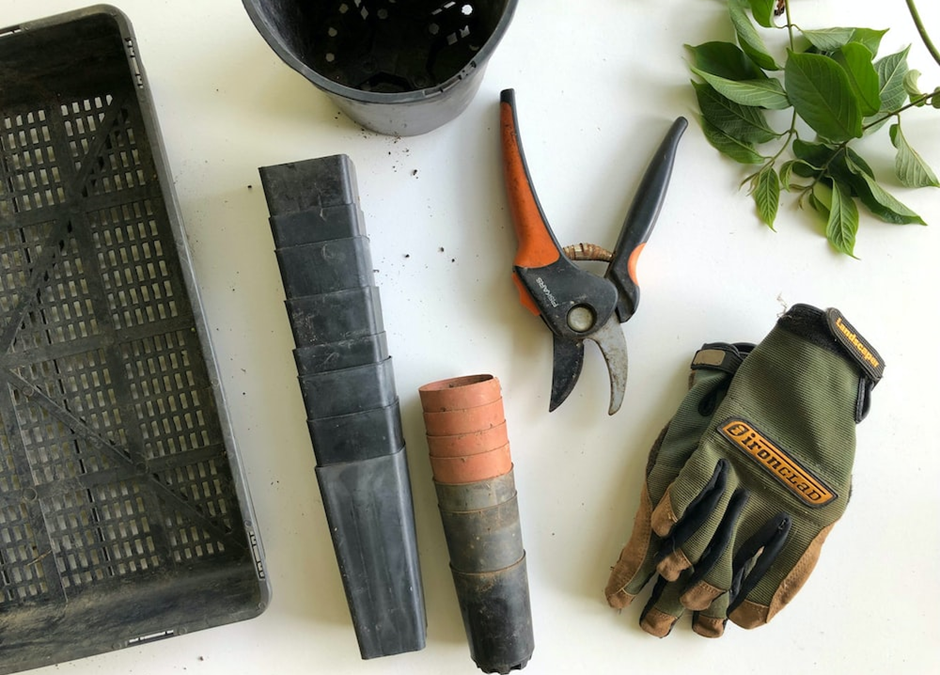
Proper gardening goes beyond making the most from your backyard flowers and other crops. It extends to taking good care of your gardening tools. Garden tools are valuable assets to any gardening enthusiasts. However, like home maintenance, failing to care for and maintain your gardening equipment decreases efficiency and shortens lifespan. Below are a few care and maintenance tips for your backyard power tools.
1. Follow the manufacturer’s instructions
Power tools manufacturers, including Aussie Buckets, highly encourage buyers to follow all manufacturer instructions. While this isn’t everybody’s favorite task, following manufacturers’ directions on proper handling and care pays off.
Ignoring these instructions can void your warranty period, which can be costly, given the repair and replacement costs of gardening tools. Apart from the user manual provided by the manufacturer during purchase, you can also check for additional tips from online resources.
2. Clean gardening tools after every use
Most gardeners ignore the importance of cleaning gardening tools after use. This simple procedure ensures that your garden thrives while extending the lifespan of your tools. Clean tools after use prevent the spread of pests, diseases, weed seeds, fungi, and other contaminants that can ruin your perennials.
Regular cleaning also prevents corrosion and rusting of steel surfaces. Fortunately, cleaning gardening tools after use isn’t complicated. You should:
- Hose down the soil: Removing dry and compacted soil is quite tricky. You can use a garden hose and change to a high-pressure setting to blast off the stuck soil. Use a garden knife to scrape off the stubborn bits.
- Soak the tool in soapy water: After hosing down dirty tools, soak them in a soapy solution for at least 15 minutes. If the tool is covered in sap, wiping it with turpentine or Goo Gone can remove its stickiness.
- Rinse and disinfect: You should then rinse the garden tool and disinfect it before using it again. Soak the tools in a bleach solution for 20 minutes, then rinse with running water. You can air dry or use a clean microfiber cloth.
3. Sharpen garden tools regularly
Sharp gardening tools, such as knives, hand pruners, shovels, and hoes, should be sharpened regularly. While sharpening tools might seem easy, you should maintain the right angle. Below are a few tips for sharpening garden tools:
- Sharpening pruning shears and loppers: Blades of pruning shears, hedge shears, and loppers can become dull after some gardening work. Fortunately, these tools are the easiest to sharpen. However, ensure that you lubricate the surfaces before sharpening. Pruning shears have a curved blade, which makes it impossible to sharpen with a mill file. As such, use a sharpening stone with a concave or contoured edge.
- Saws: Sharpening saws is much more difficult because of their tiny grooves. Use a small file to file the grooves gently.
- Grass-cutting tools: Weeders and grass clippers should be sharpened using scissor-type sharpeners. However, you should disassemble these tools and separate the blade for easier sharpening.
- Hoes and shovels: Flat-edged tools don’t require regular sharpening unless they are used to break tough materials. You should file them to maintain a straight edge. However, if the tool has serious nicks, you should use a grinder to restore edges.
4. Removing rust
Rust and corrosion are inevitable for steel tools that have been stored for long. Fortunately, light sanding can clear developing rust and corrosion. If the tool has a light coat of rust, 80-grit sandpaper is enough to scrub the rust off. However, you’ll need a wire brush to remove a dense coat. Remember to wear protective gear to avoid infections in case of cuts.
5. Proper storage
Proper storage of gardening tools also promotes efficient functioning and longevity. Storing your garden tools in a cool and dry place, away from moisture, prevents corrosion of steel and electrical components. Most homeowners discard silica gel packs that usually come with most accessories. However, you should retain them as they absorb moisture that would otherwise damage your tools.
Most people prefer storing their tools in the garage. However, even with storage organizers in your garage, you should store garden tools in their original cases. Dust can build up and accumulate inside the compartments of your power tools, especially if left in the garage for long. Accessories can also sustain damage, or important parts can get lost if you dump them in a drawer with other tools.
6. Recycle tools beyond repair
Unfortunately, gardening tools can’t last a lifetime, even with proper care and maintenance. Your power tools may stop working after some years. If such happens, find ways of recycling tools instead of disposing of them as landfill waste. Several eco-conscious companies accept dilapidated tools for recycling purposes.
Endnote
Having your gardening tools gives you unmatched flexibility to work on household DIY renovation and gardening projects at your convenience. However, these tools are expensive to purchase and maintain. Taking good care of these tools reduces the repair and replacement costs. Proper maintenance also guarantees optimal functioning.
Emily Hawthorne
Related posts
Stay connected
Today's pick
- Things to Remember While Designing Your Custom Modular Kitchen in GurgaonGurgaon now known as Gurugram is the second largest city in the state of Haryana and is a reflectiossn of an ideal modern city with futuristic goals. Witnessing rapid urbanization, it has also emerged as a hub for contemporary homes, with homeowners seeking innovative and... The post Things to Remember While Designing Your Custom Modular […]

